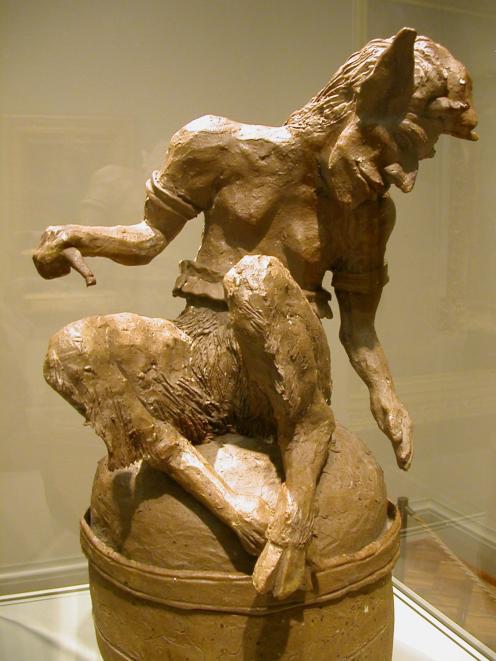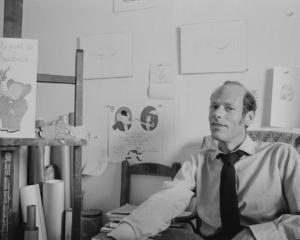
In A Forger's Tale, author and criminal Shaun Greenhalgh discloses all the light and shade of his infamous career as art forger.
Shaun Greenhalgh spent 17 years from 1989 producing fake artworks which, by the time of his arrest, had brought in nearly a million pounds. His family handled the sales, Scotland Yard describing them as ``possibly the most diverse forgery team in the world, ever''.
His conviction in 2007 gave Greenhalgh the spare time he needed to record his own version of events and few jail terms could have been better spent. His writing style, unfettered by editors, provides a relaxed and sometimes rambling tale from which he emerges not quite as a likeable rogue but at least as a talented rascal.
His talents - and they are exceptional - may well have led him to being an artist in his own right, but his skill in perfecting methods of copying icons of the art world, from Assyrian reliefs to Leonardo da Vinci drawings led the ``experts'' to authenticate his work and so the artist found that a ``Gauguin'' faun he'd knocked off in the garden shed ended up in pride of place in Amsterdam's Van Gogh Museum's exhibition commemorating the relationship between Van Gogh and Gauguin.
The greed and downright dishonesty of some dealers, the gullibility of the experts at Bond St auction houses, the lack of real knowledge of some museum curators and the heavy-handed bumbling of Scotland Yard's Art and Antiques Squad are laid bare

Beginning with churning out ``Victorian'' knick-knacks in his school days and graduating to the delicate porcelain of the ancient Chinese and fake Barbara Hepworths, Greenhalgh could do it all, and for years got away with it. Even his L.S. Lowry paintings look better than many Lowrys.
But, the savage exposure of the pretensions of the art world aside, A Forger's Tale works just as well as an unaffected and affectionate memoir of a young man growing up in the north of England in the 1960s. He has the gift of light humour. During the tedious court cases he notes that the large coat of arms above the judge ``could have been better carved'' and at a school function he notes ``the food was being scoffed by some very unsavoury characters, namely half the teaching staff''.
Now long released from jail, Greenalgh has largely given up his art work but derives some gentle amusement from noting the occasional appearance of one of his fakes ``as a rare and valuable discovery by a leading London auction house''.
Some readers may wish to skip some of the detailed descriptions outlining the methods used to manufacture instant ``old masters'', yet the book will be invaluable for those intent on examining the finer points, the light and shade, of a career in forgery.
Jim Sullivan is a Patearoa writer.











